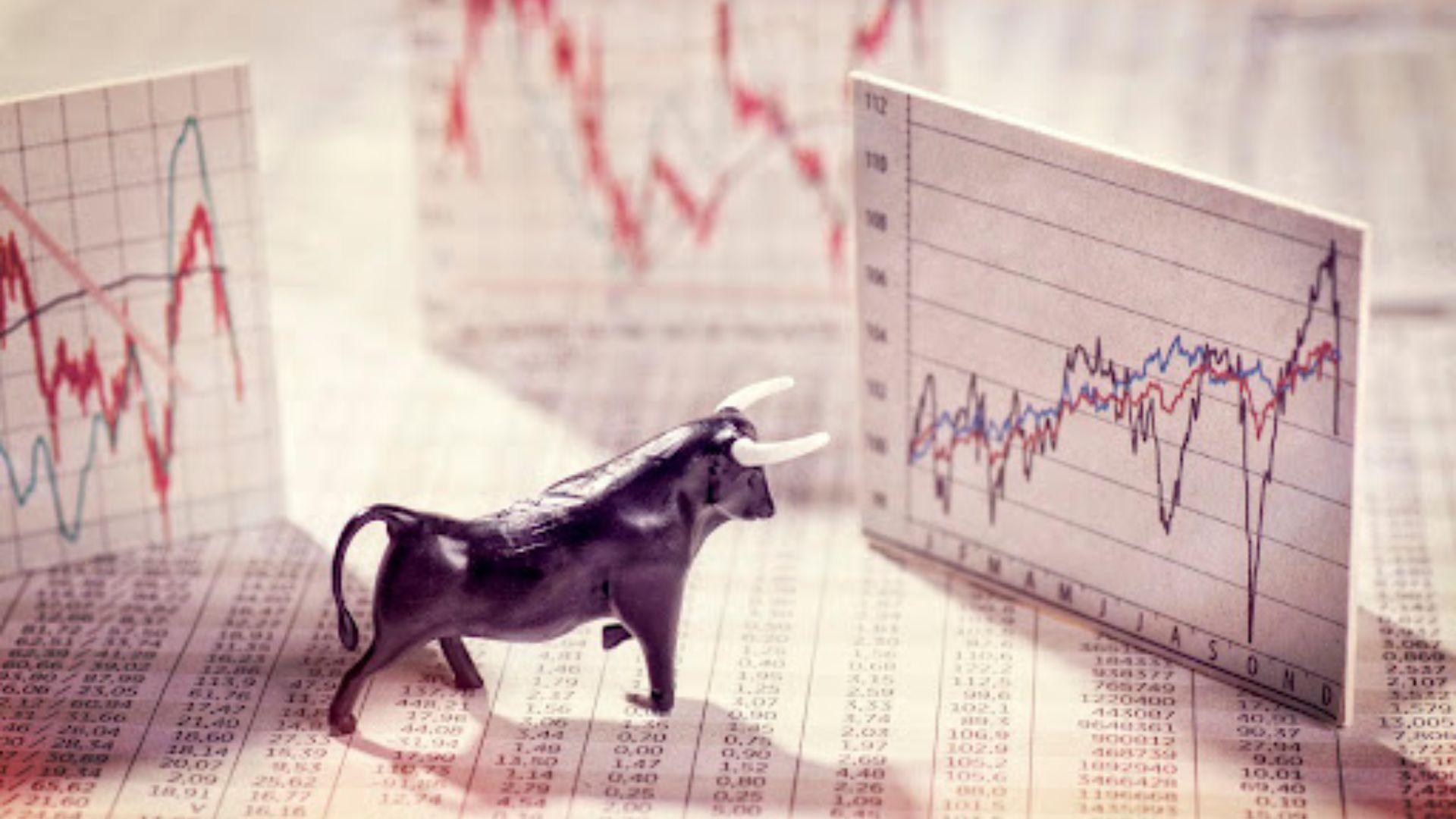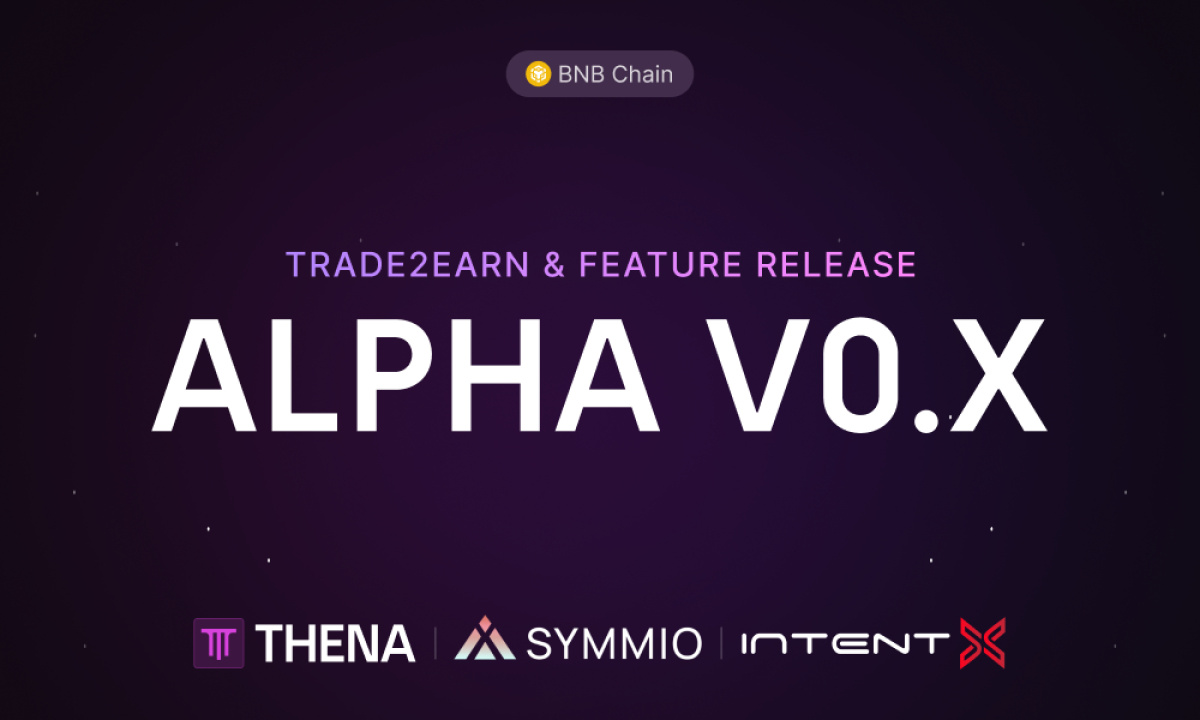Table of Contents
- A Cautionary Tale
- BitMEX: A Commitment to Transparency and Security
- StormGain: Offering a Unique Hybrid Approach
- Key Takeaways for Traders
- Conclusion
In cryptocurrency trading, traders face the decision of choosing between decentralized and centralized exchanges. While decentralized exchanges (DEXs) are gaining popularity for their decentralized nature and self-custody of funds, centralized exchanges (CEXs) remain the dominant choice for many. However, these platforms must employ the correct measures to establish and retain trust.
A Cautionary Tale
The recent crash of the FTX exchange is a stark reminder of the importance of transparency and security in centralized cryptocurrency exchanges.
A lack of auditing, open communication, and publication of key metrics can lead to disastrous consequences for traders who entrust their assets to these platforms. To avoid such mishaps, traders must diligently select centralized exchanges prioritizing transparency and security.
BitMEX: A Commitment to Transparency and Security
BitMEX, a leading centralized cryptocurrency exchange, is an exemplary model for transparency and security in the industry. Since 2021, long before the FTX crash, BitMEX has demonstrated its commitment to these values through its on-chain Proof of Reserves and Proof of Liabilities data.
The Proof of Reserves and Proof of Liabilities data allows users to verify that BitMEX holds funds over aggregate client balances. By publishing this information twice weekly, BitMEX ensures users have up-to-date and accurate data to monitor the platform's solvency. This level of transparency instills confidence in the platform and sets the standard for other centralized exchanges.
StormGain: Offering a Unique Hybrid Approach
StormGain is another platform that showcases a commitment to transparency and security in the cryptocurrency space. As a unique hybrid of a decentralized and centralized exchange, StormGain offers crypto derivatives trading through its decentralized exchange (DEX) while leveraging the liquidity of its centralized exchange (CEX).
Users can connect their wallets (e.g., MetaMask) to the StormGain DEX and choose the cryptocurrency they wish to use for derivative trading. Upon confirming the blockchain transaction for the trade amount, the crypto is sent via blockchain to the StormGain DEX smart contract, and the trade is opened. When the user closes the trade, the crypto returns to the user's wallet from the StormGain DEX smart contract.
All trades use StormGain CEX liquidity. This approach allows StormGain to offer exceptional trading conditions for DEX traders while maintaining the security and transparency of a centralized exchange.
Key Takeaways for Traders
In light of the FTX crash and the importance of transparency and security in centralized exchanges, traders should consider the following when selecting a platform:
- Auditing: Ensure the centralized exchange undergoes regular third-party audits to verify its solvency and security measures.
- Open Communication: Platforms should maintain open communication channels with users, providing updates on system maintenance, security incidents, and any other relevant information.
- Publication of Key Metrics: Exchanges should publish key metrics such as Proof of Reserves and Proof of Liabilities data to allow users to verify the platform's solvency.
- Security Measures: Assess the exchange's security measures, including multi-factor authentication, secure storage of user funds, and regular penetration testing.
- History and Reputation: Investigate the exchange's history and reputation within the industry to gauge its commitment to transparency and security.
Conclusion
Centralized cryptocurrency exchanges may not offer the same level of decentralization as their decentralized counterparts. Moreover, there has been a string of incidents involving centralized trading platforms.
Any mishap involving one company casts a dark shadow on all other players. Maintaining a healthy trust balance requires all industry participants to form a unified front regarding transparency and accountability.
Disclaimer: This article is provided for informational purposes only. It is not offered or intended to be used as legal, tax, investment, financial, or other advice.
Investment Disclaimer












